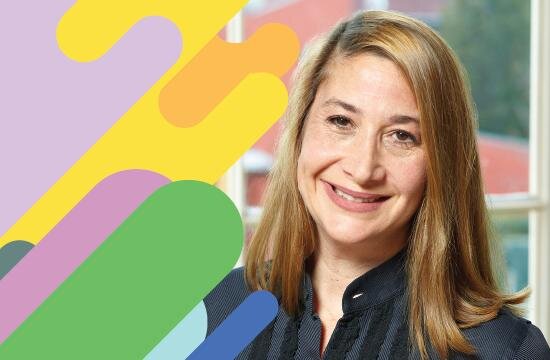Q. Do clients have a good sense of what segments are and how to segment, or does that take extra work for #userresearch?
A. It depends on how #UX mature the client is. Some can easily articulate which segments we should study and why. Others understand segmentation as a concept, but default to #marketing #segmentation, usually more demographic (i.e. “ages 25-34, college educated”).
For example, imagine we’re interested in #learning who might be open to a specialty food service. I’d identify the characteristics of the people I would, and would NOT, want to include. We’d likely end up with a combo of attitudes and behaviors, but many demographic variables may not be important, like #gender or #ethnicity.
We work with clients to identify segments most relevant for our particular #UXR question.
Perhaps participants need to be in a certain mental space such as they are about to purchase skis; it may not matter to me where they purchase them.
Segmentation is important so the learnings are applicable to the specific audience you’re serving.
Sometimes segments collapse, or new segments surface. Segment identification can vary in ease however >> PLOT TWIST << the identification aspect has no bearing on how difficult it will be to recruit people in those segments!















